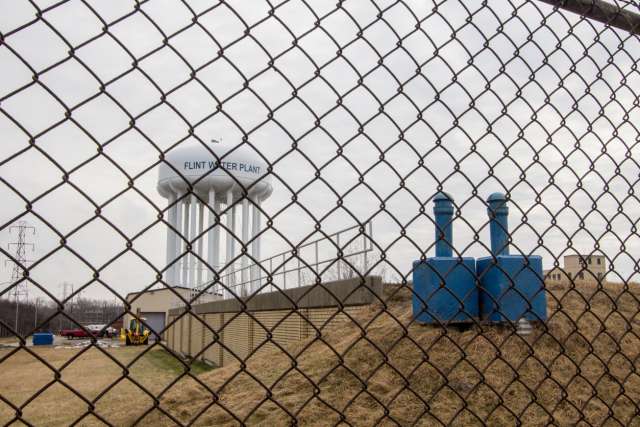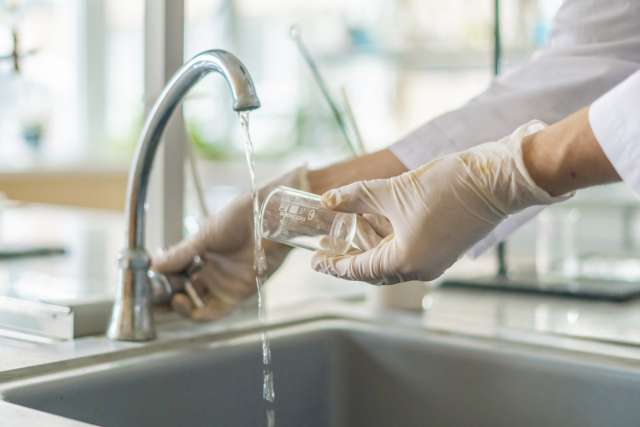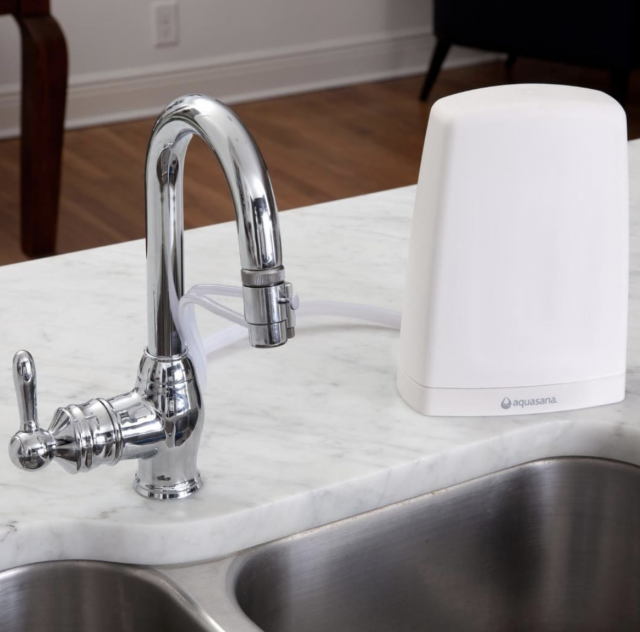It’s been two years since the elevated levels of lead in Flint’s drinking water first made national news and the city – as a whole – still does not have clean water.
Flint is at least somewhat on the mend. According to the state of Michigan, all high-risk water samples collected at the last six-month checkpoint were below federally mandated lead levels. And while this is promising, as recently as April 2018, certain public water sources, including samples from Flint community schools, are still showing elevated levels of lead.
It’s been a long road of recovery for Flint. How did it get this far?
2011 to 2013: Money Management
Flint’s troubles first started in 2011 when the state of Michigan took over Flint’s finances. Flint was looking at a $25 million deficit, in part because General Motors scaled back its Flint-based factory a few years prior.
One of the cost cutting measures the city made was to switch its water source from the Detroit Water and Sewerage Department to the Karegnondi Water Authority. Officials estimated that the city would save close to $200 million over the next 25 years after making the switch. This is where the trouble began.
Early 2014: A Temporary Water Supply
After deciding to make the change, Flint received a notice from the Detroit Water and Sewage Department that their water supply would be shut off before they completed a pipeline to the Karegnondi Water Authority. Flint needed a temporary water supply and decided to rely on the Flint River.
Shortly after switching to the Flint River, the city started to receive reports from the public about their tap water’s smell, taste, and overall look.
The problem, it turned out, was the water in the Flint River was more acidic and corrosive than the water from Lake
Huron. This more corrosive water began eroding the iron water pipes and turning the water brown with rust. It’s
estimated that half of the transit (plumbing) lines in Flint are made of lead and because the water wasn’t
properly treated, lead and iron began leaching into the water supply.
Late 2014: General Motors speaks up
A couple months later, General Motors announced that they were switching from using Flint River for their plant back to Lake Huron because the company was worried about pipe corrosion. GM added that they would return as a Flint water customer once Flint completes its connection to the Karegnondi Water Authority.
2015: The truth comes ouT
The year following Flint’s water transition is tumultuous to say the least.
At the start of the year, Flint announced that it did not meet treatment requirements and that water contained high levels of trihalomethanes (TTHM), a disinfection by-product that was found to be carcinogenic after a long period of exposure. These by-products are often produced after chlorine, a water disinfectant, interacts with certain particles in water.
Then, in February, the United States Environmental Protection Agency reported that they found high levels of lead in
a resident’s water sample. In the months following this revelation, more tests from the EPA showed high levels of
lead, but Flint officials told residents that there is nothing to worry about.
Finally, in September, Virginia Tech researchers visited Flint and tested hundreds of homes. They found that levels of lead in public drinking water were incredibly high. In October, Flint reverted to using Detroit’s Lake Huron water supply, but even with properly treated source water, lead was still in the taps – the damage was already done.
January 2016: A state of emergency
Mid December 2015, Flint’s Mayor, Karen Weaver, declared a state of emergency for the city and in January 2016 Michigan’s governor, Rick Snyder, and President Barack Obama also declared Flint’s water crisis a state of emergency.
2018 and Beyond: Where do we go from here?
The situation in Flint has been referred to as one of the biggest public health crises in recent memory, but that
doesn’t mean it’s the only public water source that has experienced contamination. While incidences of contamination
of public drinking water are few and far between, it’s always better to be safe.
Bottled water is often the first place people turn when their primary water source is causing concern. Bottled water is a good option, but notably, bottled water is regulated by an entirely different entity. The EPA regulates tap water, while the Food and Drug Administration (FDA) regulates bottled water. The EPA and FDA have different standards of health and some facilities argue EPA standards are more stringent.
Alternatively, home filtration systems may provide consumers with a level of comfort about drinking tap water. Again, doing research before choosing a filtration system is vital because each system filters for different toxins and bacteria. Certain groups provide independent testing of these filtration systems. One such group, NSF, is a nonprofit organization that independently tests, audits, and certifies these products.
It’s important to note Flint isn’t the only city that has experienced lead issues and given America’s aging water infrastructure, there’s a higher risk that lead leaching will occur again.
